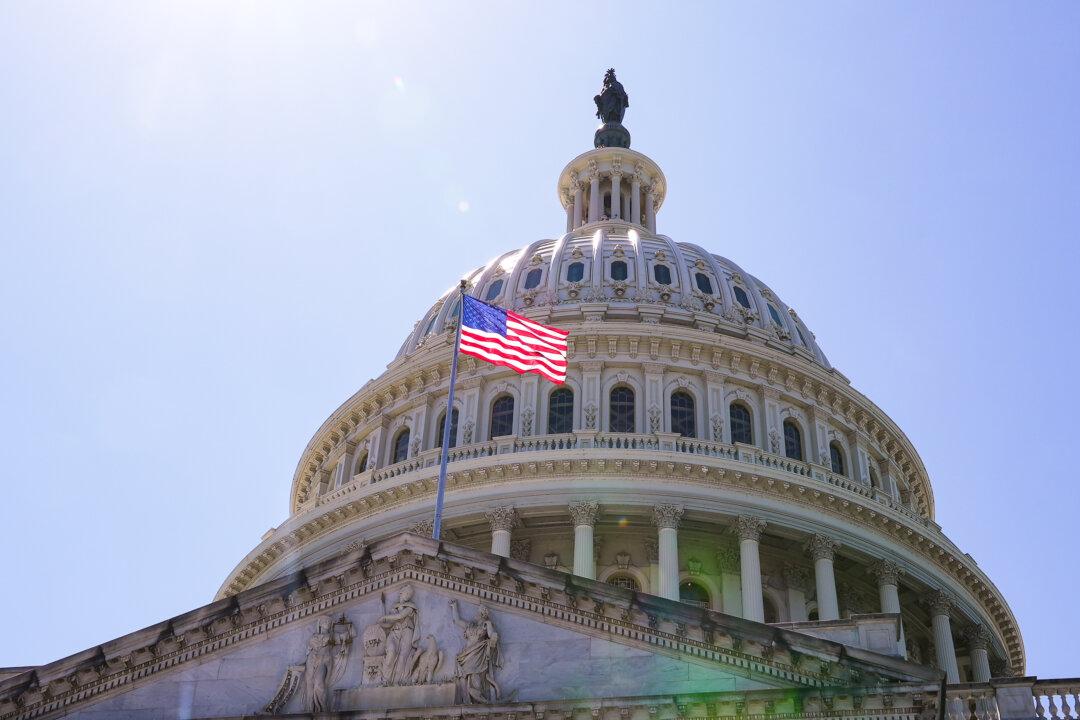Elon Musk’s SpaceX launched its first Starship rocket on the morning of April 20 in an uncrewed test flight that ended minutes later with the craft exploding in the sky over the Gulf of Mexico near Texas.
The company wrote that with the failed test, the firm will “learn” from its mistakes. “Today’s test will help us improve Starship’s reliability as SpaceX seeks to make life multi-planetary,” it said.
Live video footage of the test showed the rocket traveling for several minutes before it appeared to fail. The unmanned rocket later exploded in midair.
Musk’s firm was looking to send the nearly 400-foot rocket on a round-the-world trip from the southern portion of Texas, located near the Mexican border. Both the booster and spacecraft were slated to fall into the ocean.
Musk wrote on Twitter shortly after the 3-plus-minute test flight that the firm “learned a lot” and suggested that the company will perform its “next test launch in a few months.”
Large numbers of spectators watched from South Padre Island, located a few miles away from the Boca Chica Beach launch site. SpaceX’s first attempt to launch the Starship rocket was called off on April 17 because of a frozen booster valve.
“Our job, of course, is to ensure that if a mishap occurs, that that mishap does not impact the public in an adverse manner. So that’s the focus that we have in our licensing activity.”
The company plans to use Starship to send people and cargo to the moon and, eventually, Mars. NASA has reserved a Starship for its next moonwalking team, and rich tourists are already booking lunar flybys. Earlier versions of the rocket were sent into the stratosphere.
Both the lower-stage Super Heavy booster and the upper-stage Starship vessel it would carry to space are designed as reusable components, capable of flying back to Earth for soft landings—a maneuver that has become routine in dozens of missions for SpaceX’s smaller, orbital-class Falcon 9 rocket.
But neither stage would be recovered from the April 20 launch. Instead, both parts were to end their introductory flight to space with crash landings at sea. The lower stage was to fall into the Gulf of Mexico after separating from the upper stage, which was to come down in the Pacific Ocean after achieving nearly one full Earth orbit.
In February, SpaceX conducted a test-firing of the Super Heavy, igniting 31 of its 33 engines for roughly 10 seconds with the rocket bolted in place vertically atop a platform. The U.S. Federal Aviation Administration on April 14 granted a license for the first test flight of the fully stacked rocket system, clearing a final regulatory hurdle for the long-awaited launch.
On April 16, Musk warned that the chances of success were low and said that getting to the separation of the first and second stages during liftoff would be considered successful.
“Starship is the biggest rocket ever made,” Musk told reporters over the weekend. “It’s over twice the thrust of ... the Saturn 5 moon rocket, which is largest rocket ever to get to orbit—it’s roughly twice the mass. So, we’ve got 33 engines on the booster, we’ve got six engines on the upper stage of the ship. It’s a lot of engines.”
NASA Chief Bill Nelson congratulated SpaceX after the test.
“Every great achievement throughout history has demanded some level of calculated risk, because with great risk comes great reward,” he wrote in a Twitter post. “Looking forward to all that SpaceX learns, to the next flight test—and beyond.”





